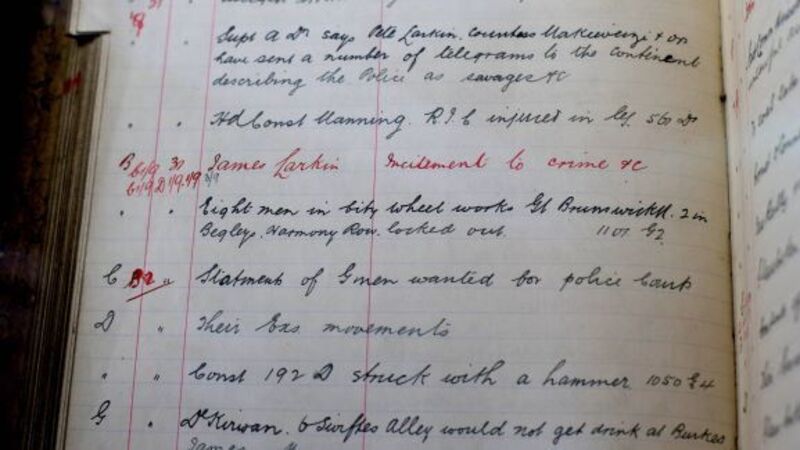Sat, 31 Aug, 2013 - 01:00
Stephen Rogers
“You don’t get me, I’m part of the union”
The Strawbs song has rung out across trade union conferences for 40 years, both here and in Britain.
Already a subscriber? Sign in
You have reached your article limit.
Subscribe to access all of the Irish Examiner.
Annual €130 €80
Best value
Monthly €12€6 / month
Introductory offers for new customers. Annual billed once for first year. Renews at €130. Monthly initial discount (first 3 months) billed monthly, then €12 a month. Ts&Cs apply.
CONNECT WITH US TODAY
Be the first to know the latest news and updates
CourtsAnalysisPlace: BritainPlace: O’Connell StPlace: IrelandPerson: Stephen RogersPerson: William Martin MurphyPerson: James LarkinPerson: Francis DevinePerson: DevineEvent: Dublin 1913 LockoutEvent: Irish Congress of Trade Unions biennialOrganisation: StrawbsOrganisation: Dublin Tramway CompanyOrganisation: ITGWUOrganisation: SIPTUOrganisation: Labour PartyOrganisation: Croke Park II

















